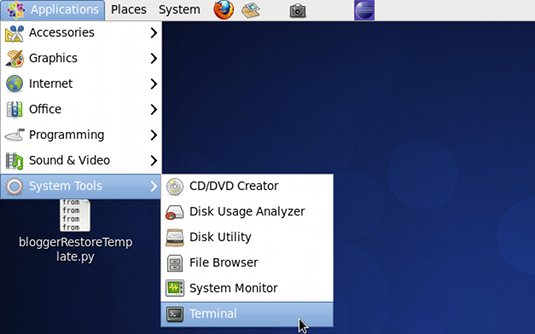Install the Latest MySQL 5.7+ on CentOS 6
The Tutorial shows you How to Get Always Freshly Installed the Latest MySQL 5.7.X on CentOS 6.x desktop/server Linux i686/x8664.
Take Note: for a Production Environment it is Suitable to Use Instead, the Distro Packages!
To Get Constantly Installed the Latest MySQL Server/Client Release on CentOS you will Need to Download from Oracle the Latest MySQL Community Edition Package.
An Important Step to Take into Account After Installation is to Secure the MySQL Server Installation by the Proper Tool.

